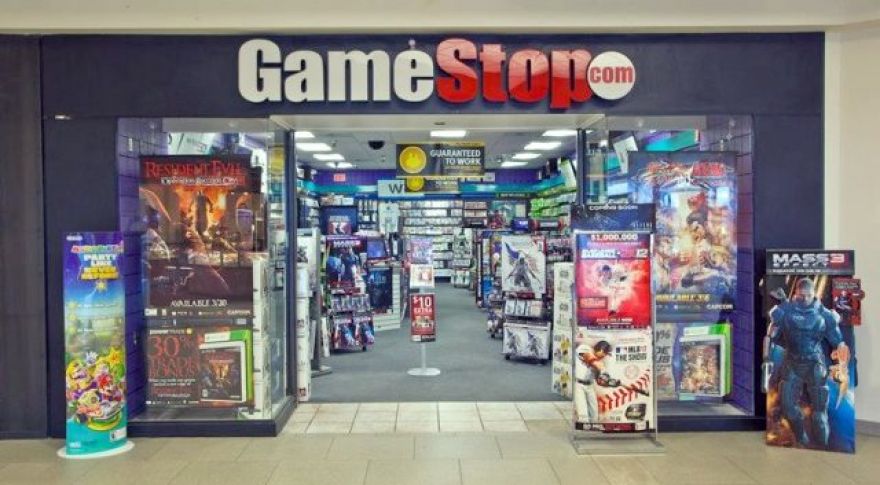
The end of a console cycle can be a rough time for video game retailers as hardware sales decline in anticipation of new launches. Factor in the decline of retail shopping and physical game sales, and it means GameStop is having an incredibly bad time of things right now. Sales fell by 13.3 percent globally (11.5 percent when currency fluctuations are taken into account). The comparable store decrease average in the United States was 10.3 percent. The drop was driven by a sharp decline in console hardware sales, with revenue from this business segment dropping by 35 percent, despite strong continuing sales of the Nintendo Switch.

The next version of Android will launch this fall, and Google is barreling onward with betas in the meantime. The latest beta version of Android Q is available today for Pixel devices. This is the fourth of six planned test builds, culminating in a final release in the third quarter of this year. The new beta includes several notable feature changes, but it’s an important milestone for another reason. This build of Android Q includes final APIs, allowing developers to begin targeting the new platform in earnest. Android Q, which will be version 10 at launch, includes like greater control over location access, a dark UI mode, and 3D face unlock.

While most cities are revving up to get self-driving cars on the roads, Amsterdam is more interested in autonomous boats. The Dutch city is about one-quarter water thanks to its massive network of canals, and it has visions of robotic boats cruising those waterways. The city is to make that vision a reality with the cleverly named “Roboats.” The idea is to equip the small rectangular vessels with sensors, propellers, microcontrollers, GPS, cameras, and other hardware and turn them loose to provide on-demand transportation of goods and people will help clear Amsterdam’s clogged streets. The designers also envision multiple boats linking together to form temporary footbridges, performance stages, and even floating marketplaces.

So here’s the deal: We want to make this site as good as possible for you. We want to learn what you want to see on this site and how we can serve you better. But we can’t do that if we don’t know what you want. We do hear a lot from you in the site comments, which is great! But we would be thrilled if we could go just a bit further and ask you a few key questions that will help us in a more direct way.
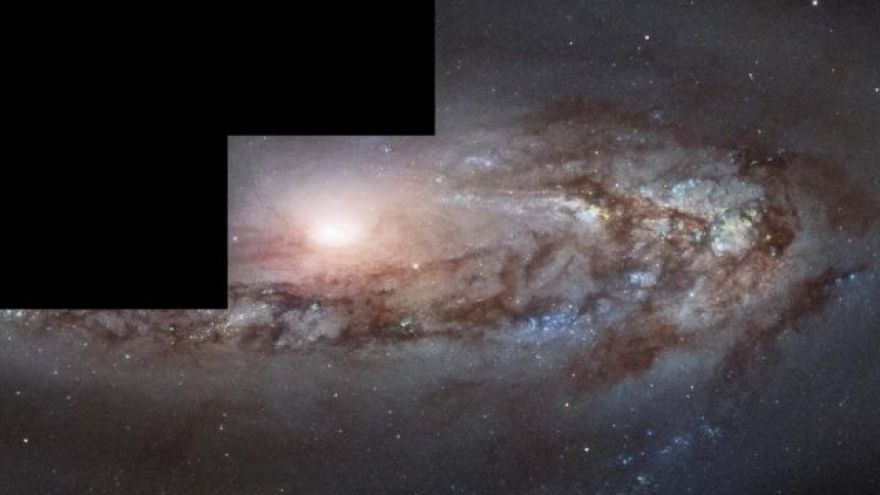
In our ever-expanding universe, light from distant galaxies takes longer to reach us and may someday escape our ability to see it entirely. After all, when we’re looking deep into space that’s millions of light years away, we’re seeing far into the past. What we observe today may have traveled beyond our ability to see it or no longer exist at all. That’s why it’s especially interesting when scientists discover parts of our distant universe that appear to be moving closer over time. That’s exactly what the astronomers who captured the latest image of the Messier 90 spiral galaxy (pictured above) uncovered through their observation.

Many people think of computers as “math experts” compared with us humans. While we can’t solve equations as quickly as a machine, we shouldn’t put too much faith in their accuracy because computers can’t know, understand, or calculate every possibility in an infinite series of numbers no matter how much time they have available. This limitation of computational hardware leads to strange quirks in how computers perform math, but Google’s new method of training AI to both understand and solve complex math problems may result in a sharp increase in future computational accuracy. First, let’s take a look at what Google did because it’s an impressive approach in and of itself.
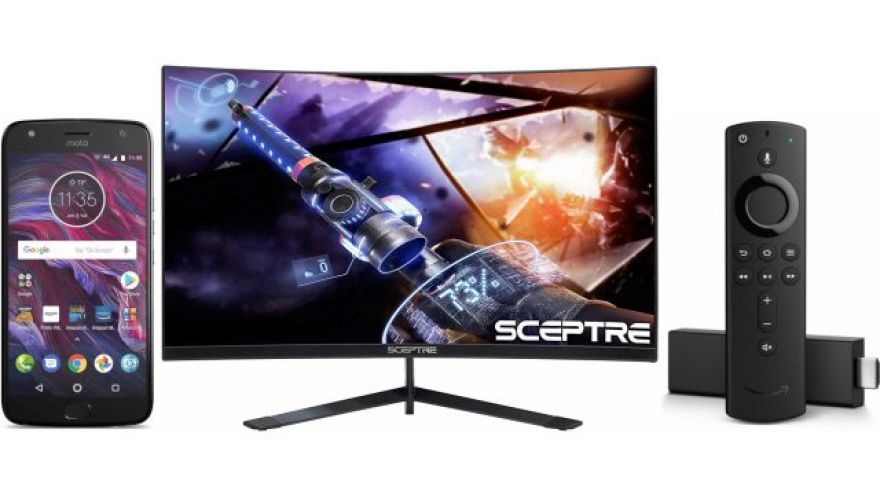
Amazon is carrying the day today by offering large discounts on its smart devices including its Fire Stick TV 4K and its Echo Dot. Amazon also has a strong deal on a curved gaming display, and if you are a Prime member, you will also be able to take advantage of a deal on one of Motorola’s Moto X4 smartphones. Asus’s lightweight VivoBook F510QA weighs in at just 3.7 pounds and the system measures a slim 0.8-inches thin. This system isn’t particularly powerful with four of AMD’s energy efficient Bristol Ridge processor cores clocked at 2.7GHz.
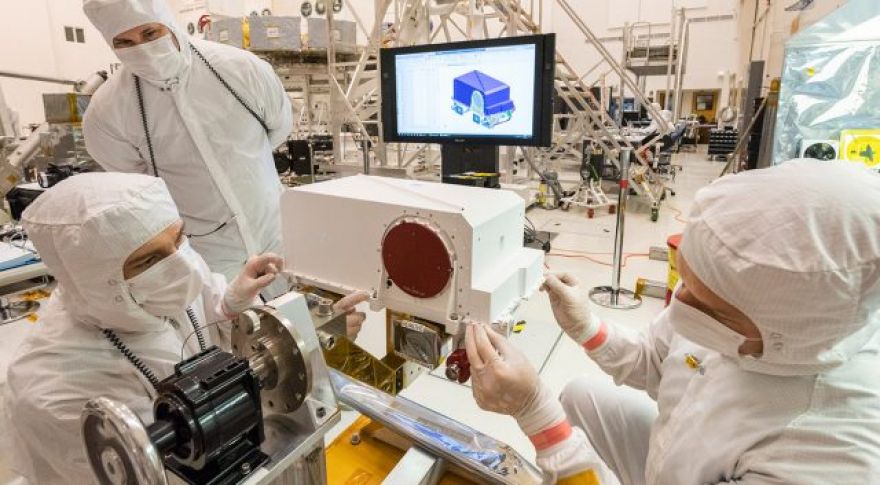
NASA’s Curiosity rover has been a smashing success since its landing on Mars in 2012. So, it’s no surprise the upcoming rover will use a very similar design. The team is currently assembling the rover, which is scheduled for a July 2020 launch, and it : the Mastcam-Z cameras. These high-definition, zoom-capable cameras will allow NASA to survey the Martian landscape and produce the photos that will no doubt wow everyone back here on Earth. In the image above, you can see team members re-installing the cover on the remote sensing mast (RSM) after mounting the cameras. The RSM is home to multiple instruments and cameras just like it was on Curiosity — you could think of this as the rover’s “head.
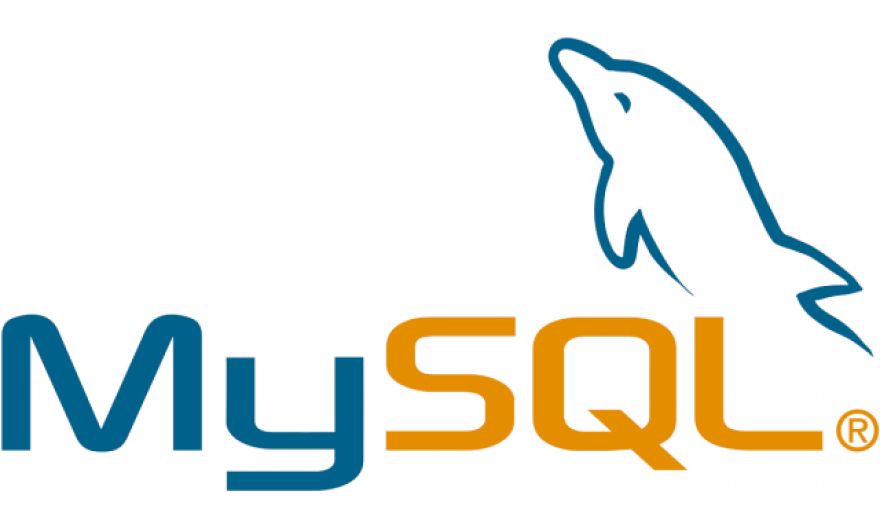
MySQL is the most popular SQL database manager in the world today, and if you’ve been struggling to get your head around using this useful program then you are in luck! Right now you can get Udemy’s “The Ultimate MySQL Bootcamp: Go From SQL Beginner to Expert” lesson for just $9.99 from the . If you’ve never heard of this software before, it’s a complex and powerful application that makes it easy to manage large amounts of data. This software is incredibly useful for business, but it unfortunately can be rather difficult to learn how to use. That’s where Udemy’s course comes in.









